The COVID-19-related school closures have been difficult in many ways. One bright spot is how many have rallied to continue providing meals to kids. Another is that the USDA is reimbursing providers at a higher rate than meals served under the National School Lunch Program (NSLP) and School Breakfast Program (SBP).
Under USDA flexibilities during this time of emergency, there are two meal patterns allowed during COVID-19-related closures:
- Summer Food Service Program (SFSP) meal patterns:
Breakfast: One whole grain, ½ cup of fruit or vegetable and one milk.
Lunch: 2 meat/meat alternative equivalents, 1 whole grain, ½ cup veggies, ¼ cup fruit or ¾ cup veggie and fruit combination and 1 milk.
Reimbursement rates are higher than NSLP/SBP rates – approximately $.13 and $.46 more for breakfast and lunch, respectively.
- The Seamless Summer Option (SSO): This follows the NSLP meal pattern schools use during the school year. All the vegetable subgroups, including beans, must be included in grab-and-go meals. Reimbursement is at SBP/NSLP rates.
Due to the increased limitations of SSO and the lower reimbursement rates, CKC is only offering menus under the SFSP guidelines during COVID-19 school closures.
If you have not offered meals under SFSP, don’t let that stop you from providing meals while school is closed. Your food service program could be missing out on a nice revenue boost and your students could be going hungry.
The Minnesota Department of Education provides extensive background on providing meals during COVID-19 closures, including Guidance for Submitting a Summer Food Service Program Application in CLiCS. Our General Manager Laurie Yohn, SNS, DTR (laurie.yohn@ckcgoodfood.com) is happy to answer any questions you may have about offering meals at this time.
Remember, if you choose to refer your families to the public-school district for meals, the public-school district gets your reimbursements. You may think that’s not a big deal but consider these examples highlighting the revenue increases due to the higher rates between SBP/NSLP and SFSP:
- 200 participating students: approximate increase of $2,242
- 300 participating students: approximate increase of $3,363
- 650 participating students: approximate increase of $7,286
- 950 participating students: approximate increase of $10,649
The estimates above are based on just 19 bagged breakfast and lunches for free and reduced-qualified students or CEP in April. It does not include meals distributed in March. And now that CKC is authorized to supply meals in 7-day meal bundles and provide meals through Spring Break, the increases will be even greater.
If the logistics of providing meals to your students seem overwhelming, see our blog post on how CKC and its client schools provided nearly 100,000 meals in two weeks through weekly meal distributions. Our system has been put to the test and been refined to make everything as easy as possible both for our client schools and your families.
If you’d like to help fill the hunger gap during this time, contact us today.


